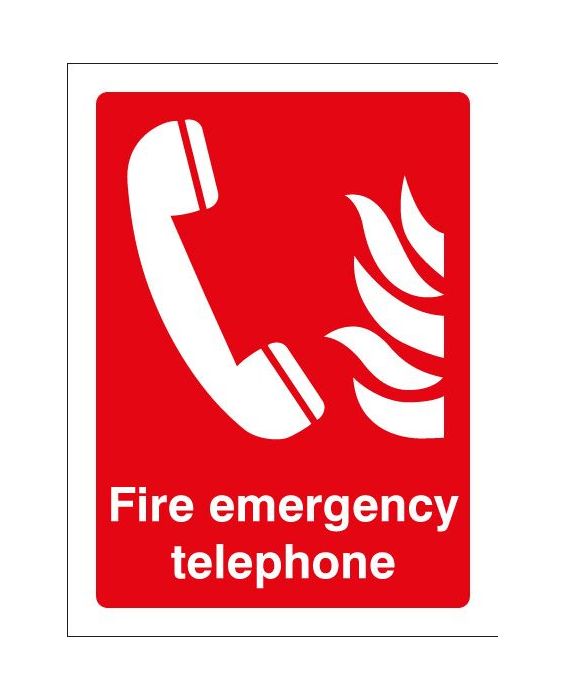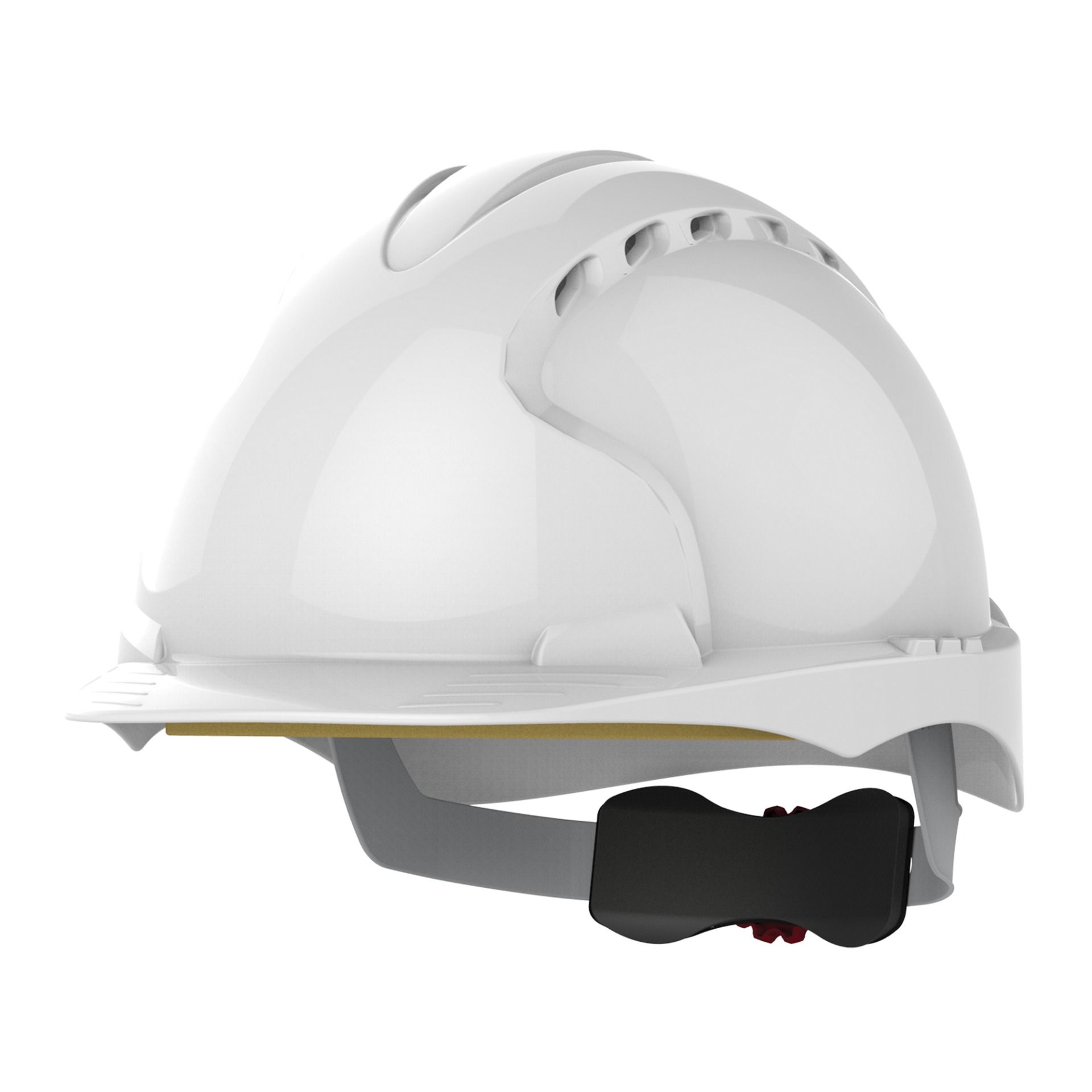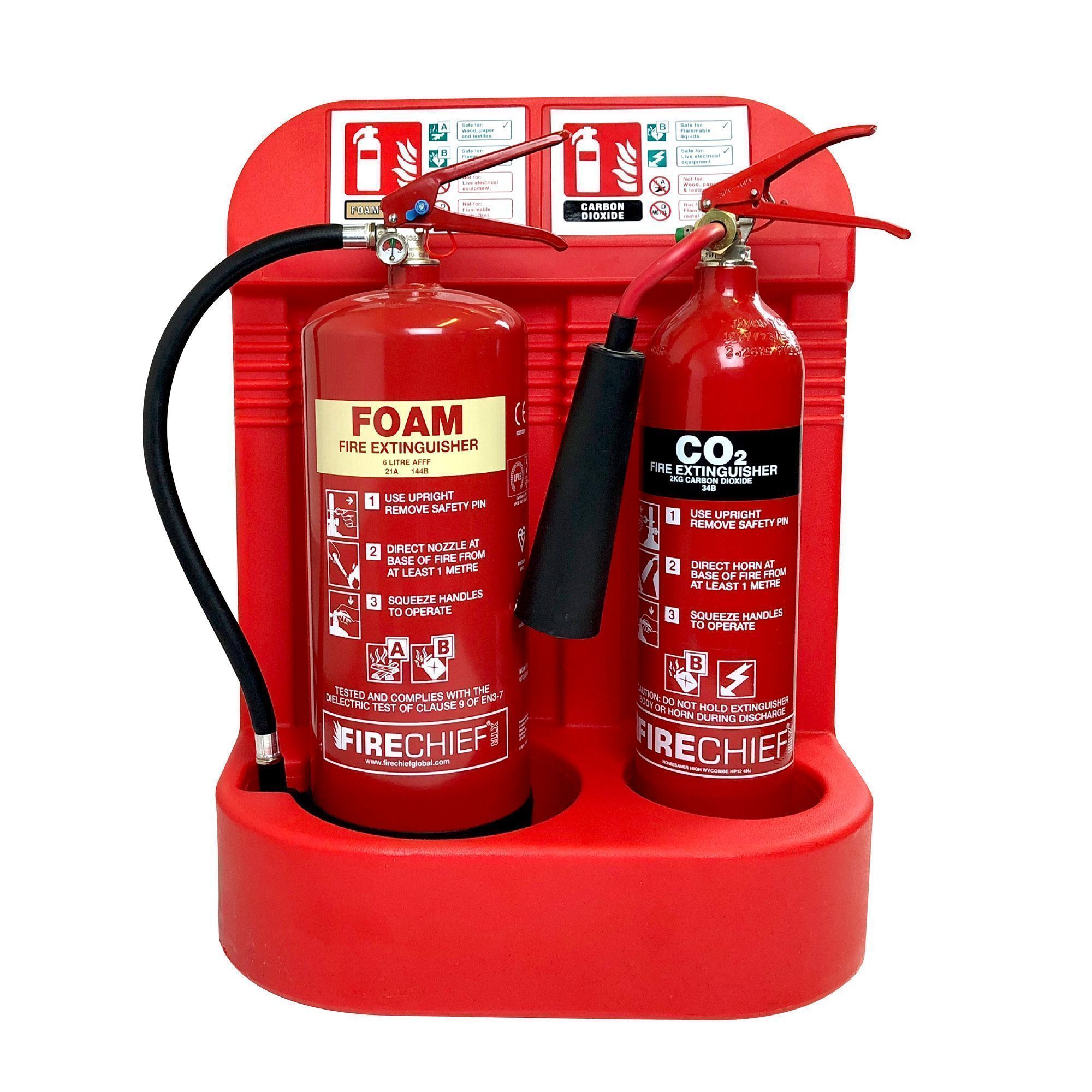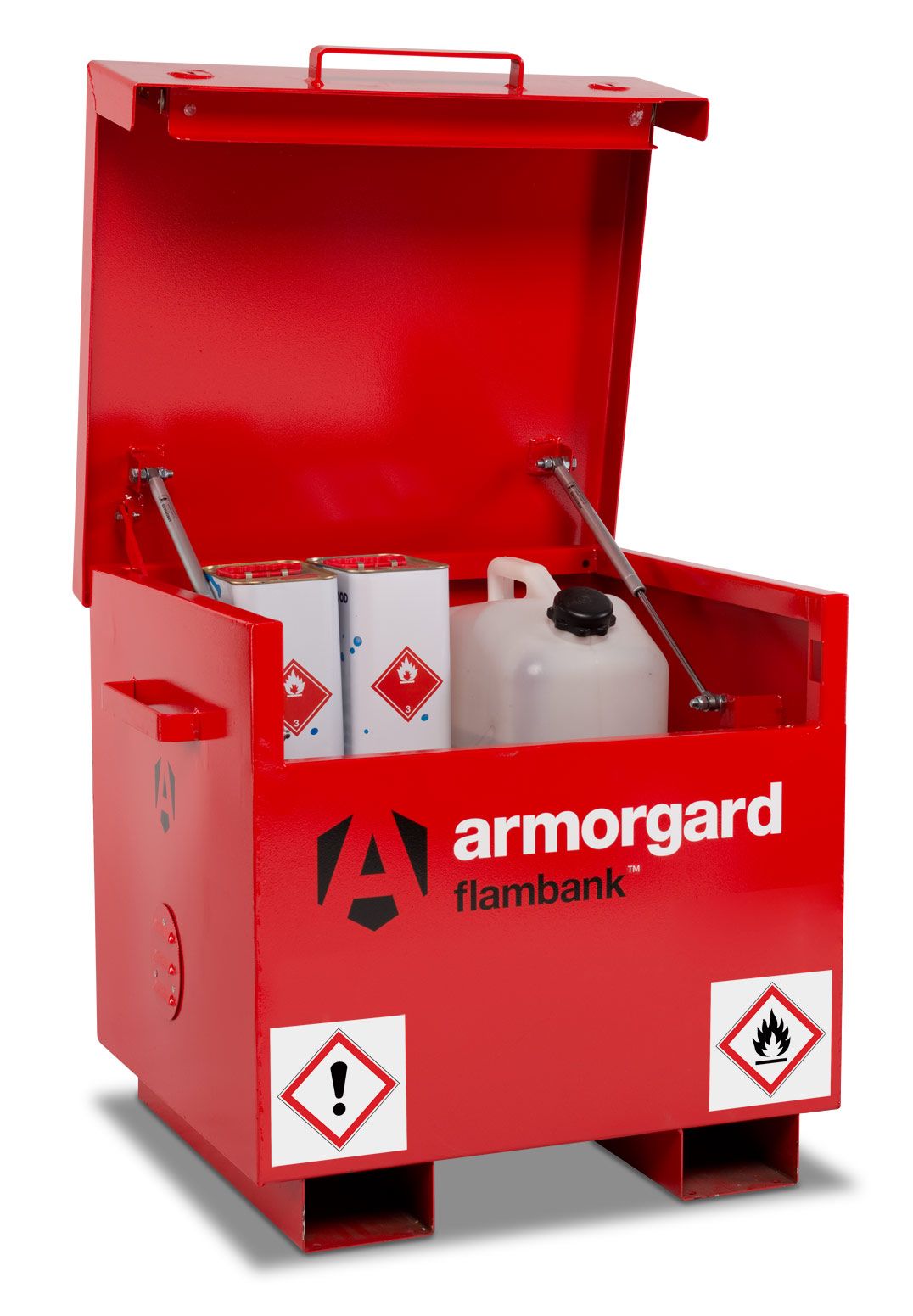Fire Safety Signs
Fire safety signs perform an important role in ensuring the safety and protection of individuals in workplaces and public spaces. Businesses and employers are required to comply with specific UK regulations regarding fire safety signs to comply with the law and maintain a safe environment.
Shop our range of fire signs below, or read on to learn more about a business' obligations and the regulations you need to understand.
-
 From £2.94 £2.45
From £2.94 £2.45 -
 £2.40 £2.00
£2.40 £2.00 -
 From £2.40 £2.00
From £2.40 £2.00 -
 From £3.20 £2.67
From £3.20 £2.67 -
 From £2.94 £2.45
From £2.94 £2.45 -
 From £2.94 £2.45
From £2.94 £2.45 -
 From £1.91 £1.59
From £1.91 £1.59 -
 £36.42 £30.35
£36.42 £30.35 -
 From £2.40 £2.00
From £2.40 £2.00 -
 From £2.94 £2.45
From £2.94 £2.45 -
 From £2.94 £2.45
From £2.94 £2.45 -
 From £1.48 £1.23
From £1.48 £1.23 -
 £43.24 £36.03
£43.24 £36.03 -
 £38.69 £32.24
£38.69 £32.24 -
 £35.99 £29.99
£35.99 £29.99 -
 From £2.40 £2.00
From £2.40 £2.00 -
 £4.78 £3.98
£4.78 £3.98 -
 From £3.84 £3.20
From £3.84 £3.20 -
 From £1.48 £1.23
From £1.48 £1.23 -
 £34.74 £28.95
£34.74 £28.95 -
 £10.01 £8.34
£10.01 £8.34 -
 From £1.48 £1.23
From £1.48 £1.23 -
 From £21.98 £18.32
From £21.98 £18.32 -
 £17.99 £14.99
£17.99 £14.99 -
 From £2.94 £2.45
From £2.94 £2.45 -
 From £2.40 £2.00
From £2.40 £2.00 -
 From £2.94 £2.45
From £2.94 £2.45 -
 £10.01 £8.34
£10.01 £8.34 -
 £10.01 £8.34
£10.01 £8.34 -
 From £21.98 £18.32
From £21.98 £18.32 -
 From £2.94 £2.45
From £2.94 £2.45 -
 £3.84 £3.20
£3.84 £3.20 -
 From £2.94 £2.45
From £2.94 £2.45 -
 From £2.94 £2.45
From £2.94 £2.45 -
 £4.78 £3.98
£4.78 £3.98 -
 From £2.94 £2.45
From £2.94 £2.45
Types of Fire Safety Signs
There are many types of fire safety indicators. These safety signs are designed for different functions, from the recognisable fire exit sign to those that indicate fire assembly points or label flammable materials. The full range of fire signs for UK businesses includes:
- Fire Exit Signs: Indicate the direction to the nearest fire exit.
- Fire Action Signs: Provide instructions on what to do in the event of a fire.
- Fire Alarm Signs: Show the location of fire alarm activation points.
- Fire Extinguisher Signs: Indicate the location and type of fire extinguisher.
- Fire Equipment Signs: Indicate the locations of various fire safety equipment, such as fire extinguishers and fire blankets. These signs help people quickly recognise and correctly use the equipment, which is crucial during the initial stages of a fire.
- Prohibition Signs: Indicate actions that must not be performed (e.g., no smoking).
- Warning Signs: Warn of potential fire hazards.
- Safe Condition Signs: Indicate safe areas or routes (e.g., assembly points).
- Fire Warden Signs: Designate individuals responsible for fire safety procedures. These signs inform staff and visitors who to seek for guidance during a fire, ensuring an orderly evacuation and compliance with fire safety regulations.
- Fire Hose Signs: Indicate the locations of fire hoses, ensuring they can be found and accessed quickly during a fire, supporting a prompt response in emergencies.
- Sprinkler Signs: Indicate the presence and location of sprinkler systems, informing occupants and emergency services to support proper maintenance and operation as per fire safety regulations.
Relevant Regulations
It's a legal requirement for UK businesses to provide occupants of their buildings with clear instructions in case of a fire. This includes identifying the relevant fire assembly point, installing door signs and other indicators to mark safe pathways, and highlighting safety equipment (such as by having extinguishers and extinguisher signs). The legislation governing these requirements includes:
- The Regulatory Reform (Fire Safety) Order 2005:
- This is the primary piece of legislation concerning fire safety in England and Wales.
- It requires employers to carry out a fire risk assessment and implement appropriate fire safety measures, including signage.
- The Health and Safety (Safety Signs and Signals) Regulations 1996:
- This regulation stipulates the use of safety signs, including fire safety signs, to prevent accidents and injuries.
- It requires that signs comply with specific standards regarding colour, shape, and symbols.
- The Building Regulations 2010:
- Part B of these regulations deals with fire safety, including requirements for fire safety signs in buildings.
- It ensures that new and modified buildings meet specific fire safety standards.
- BS ISO 3864-1:2011:
- This is the British Standard for safety colours and safety signs.
- It provides guidelines on the design and use of safety signs, including fire safety signs.
- BS 5499-4:2013:
- This standard provides guidance on escape route signs.
- It specifies the design and placement of signs to ensure they are easily visible and understood.
Responsibilities of Employers and Businesses
The legislation described above invests businesses with several key responsibilities:
- Conducting Fire Risk Assessments: Identify fire hazards and risks, and determine the necessary fire safety measures, including the placement of fire safety signs.
- Installing Appropriate Fire Safety Signs: Ensure all required signs are installed in the correct locations and are easily visible.
- Maintaining Signs: Regularly check and maintain signs to ensure they remain visible and in good condition.
- Providing Training: Ensure employees are aware of the meaning of fire safety signs and the actions to take in an emergency.
- Complying with Standards: Ensure that all fire safety signs meet the relevant standards and regulations.
Design and Placement Guidelines
- Visibility: Signs should be placed at eye level and not obstructed by furniture or other objects.
- Illumination: Signs must be illuminated or made of photoluminescent material to be visible in low light conditions.
- Consistency: Use standardised signs to avoid confusion and ensure consistency across different areas of the building.
- Regular Updates: Regularly review and update signs to reflect any changes in the building layout or fire safety procedures.
The Building Regulations 2010, Part B: Fire Safety
The Building Regulations 2010, specifically Part B, focus on fire safety in the design and construction of buildings in England. These regulations ensure that buildings are designed and constructed with adequate fire safety measures to protect occupants and facilitate safe evacuation in the event of a fire. Here’s a detailed overview of what Part B expects regarding fire safety signs in buildings, particularly for new or modified buildings:
Objectives of Part B
- Life Safety: Ensuring that the occupants can escape safely in the event of a fire.
- Fire Spread: Limiting the spread of fire within the building and to neighbouring structures.
- Structural Stability: Maintaining the structural integrity of the building during a fire to allow for safe evacuation.
Fire Safety Signs Requirements
- Clear Signage for Escape Routes:
- Fire Exit Signs: Part B mandates that fire exit signs must be clearly visible and positioned to direct occupants to the nearest exit. This includes using arrows to indicate the direction of escape routes.
- Intermediate and Final Exit Signage: Signs must be placed at intermediate points along escape routes to reassure and guide occupants towards the final exit.
- Visibility and Legibility:
- Height and Placement: Signs should be positioned between 1.7m and 2m from the floor to be visible above head height. In some cases, additional low-level signs may be required.
- Illumination: Signs must be illuminated or made of photoluminescent materials to ensure visibility in low light conditions, such as during power outages.
- Consistency and Standardization:
- Symbols and Colours: Fire safety signs must conform to standardised symbols and colours as specified in BS ISO 3864-1:2011 and BS 5499-4:2013. This ensures consistency and immediate recognition by occupants.
- Material and Durability: Signs should be made of durable materials that can withstand environmental conditions within the building, ensuring long-term visibility and legibility. See our Fire Safety Signs Material Guide, to learn more about the materials we use at SafetyBuyer.com
- Fire-Fighting Equipment Signage:
- Location Indicators: Part B requires that the locations of fire-fighting equipment, such as extinguishers, hose reels, and fire blankets, be clearly marked with appropriate signage. This helps in quick identification and use during an emergency.
- Prohibition and Warning Signs:
- No Smoking and Hazard Signs: Areas with potential fire hazards must be marked with prohibition signs (e.g., no smoking) and warning signs to alert occupants of the risks.
- Assembly Points:
- Outdoor Signage: Designated assembly points must be marked with clear signage to guide occupants to safe gathering areas after evacuation. These signs must be placed in visible locations outside the building.
BS 5499-4:2013: Guidance on Escape Route Signage
BS 5499-4:2013 is a British Standard that provides comprehensive guidance on the use of safety signs, particularly those related to escape routes and emergency exits in buildings. This standard ensures that signs are designed and placed to maximise their effectiveness in aiding safe evacuation during emergencies. Below are the key requirements and recommendations of BS 5499-4:2013 regarding escape route signage:
Key Requirements and Recommendations
- Design and Symbols:
- Consistency in Symbols: The standard emphasises the use of consistent and easily recognizable symbols. The running man symbol, often used to indicate an exit, is standardised to ensure uniformity and quick recognition.
- Directional Arrows: Directional arrows must be used to clearly indicate the route to the nearest exit. These arrows should be aligned with the escape route's direction to avoid confusion.
- Placement and Visibility:
- Height and Positioning: Signs should be placed at eye level (between 1.7m and 2m from the ground) to ensure visibility. In some cases, additional low-level signage (not exceeding 400mm from the floor) is recommended to assist during smoke-filled conditions.
- Unobstructed View: Signs must be positioned so they are not obstructed by obstacles, furniture, or structural elements, ensuring they can be seen from a distance and along the entire escape route.
- Illumination:
- Lighting: Signs must be adequately illuminated, either by ambient lighting or self-illuminating (photoluminescent) materials, to ensure they remain visible in low light or power outage situations.
- Backup Power: Where signs are illuminated by artificial lighting, a backup power supply (e.g., emergency lighting) is required to maintain visibility during a power failure.
- Size and Legibility:
- Appropriate Sizing: The size of the signs should be proportional to the viewing distance. Larger signs are necessary for longer viewing distances to ensure legibility.
- Text and Symbol Clarity: Text and symbols must be clear and easy to read, with sufficient contrast between the background and the text/symbols.
- Escape Route Marking:
- Intermediate Signage: On longer escape routes, intermediate signs are necessary to reassure and guide occupants towards the final exit. These should be placed at regular intervals and at every change in direction.
- Final Exit Signage: The final exit leading out of the building must be clearly marked with an exit sign, indicating that it is the ultimate point of egress.
- Maintenance and Regular Checks:
- Routine Inspections: Regular checks and maintenance are essential to ensure signs remain visible, legible, and in good condition. This includes cleaning signs and replacing damaged or faded ones.
- Updating Signage: Whenever the building layout changes or new escape routes are introduced, signage must be updated accordingly to reflect these changes accurately.
- Special Considerations for Complex Buildings:
- High-Risk Areas: In buildings with high-risk areas (e.g., industrial facilities), additional signage may be required to address specific hazards and ensure safe evacuation routes.
- Multi-Language Signs: In environments with non-English speaking occupants, multi-language signs or universally understood symbols should be used to ensure clarity for everyone.
Compliance and Best Practices
- Fire Risk Assessment: Conduct a thorough fire risk assessment to determine the specific signage needs based on the building's layout, occupancy, and potential hazards.
- Training: Ensure that all building occupants are familiar with the escape routes and the meaning of the signage through regular fire drills and training sessions.
- Documentation: Maintain documentation of all installed signs, their locations, and the maintenance schedule to ensure ongoing compliance and safety.
By adhering to the guidance provided in BS 5499-4:2013, businesses and building managers can significantly improve the effectiveness of their escape route signage, ensuring a safer environment for all occupants.
Top 10 Tips for Complying with Fire Safety Signage Requirements
Our top 10 tips are a great starting point to sketch out your plans to identify which fire safety signs are required as part of your overall fire safety planning and arrangements.
- Conduct a Fire Risk Assessment:
- Perform a thorough fire risk assessment to identify potential fire hazards and determine the specific fire safety signage needs for your building.
- Use Consistent and Recognisable Symbols:
- Ensure all fire safety signs use standardised symbols and colours as per BS ISO 3864-1:2011 and BS 5499-4:2013. This helps in quick recognition and understanding during emergencies.
- Position Signs at Appropriate Heights:
- Place signs at eye level (1.7m to 2m from the floor) and consider additional low-level signs (up to 400mm from the floor) where necessary to ensure visibility in smoke-filled conditions.
- Ensure Proper Illumination:
- Signs should be illuminated by ambient lighting or made of photoluminescent materials. Ensure backup power is available for illuminated signs to maintain visibility during power outages.
- Regular Maintenance and Inspections:
- Conduct regular checks and maintenance to ensure all signs are clean, legible, and in good condition. Replace any damaged or faded signs promptly.
- Appropriate Sizing for Viewing Distances:
- The size of the signs should be proportional to the viewing distance to ensure legibility. Larger signs are necessary for longer viewing distances.
- Clear Marking of Escape Routes:
- Use directional arrows to clearly indicate the route to the nearest exit. Place intermediate signs along long escape routes and at every change in direction to guide occupants effectively.
- Mark Locations of Fire-Fighting Equipment:
- Clearly mark the locations of fire-fighting equipment such as extinguishers, hose reels, and fire blankets with appropriate signage to facilitate quick access during an emergency.
- Include Prohibition and Warning Signs:
- Use prohibition signs to indicate actions that must not be performed (e.g., no smoking) and warning signs to alert individuals to potential fire hazards.
- Train Employees and Conduct Regular Drills:
- Ensure all employees are familiar with the meanings of fire safety signs and the actions to take during an emergency. Conduct regular fire drills to reinforce this knowledge and practice evacuation procedures.
By following these top 10 tips, employers can ensure they comply with fire safety signage requirements, enhancing the safety of their premises and protecting occupants during emergencies.
For more information or help with ordering your fire safety signs, call us on 0800 043 0161 or email sales@safetybuyer.com.
 Over 12,000
Over 12,000  Simple no quibble
Simple no quibble  Prompt dispatch &
Prompt dispatch &  UK Mainland Delivery
UK Mainland Delivery 
















































